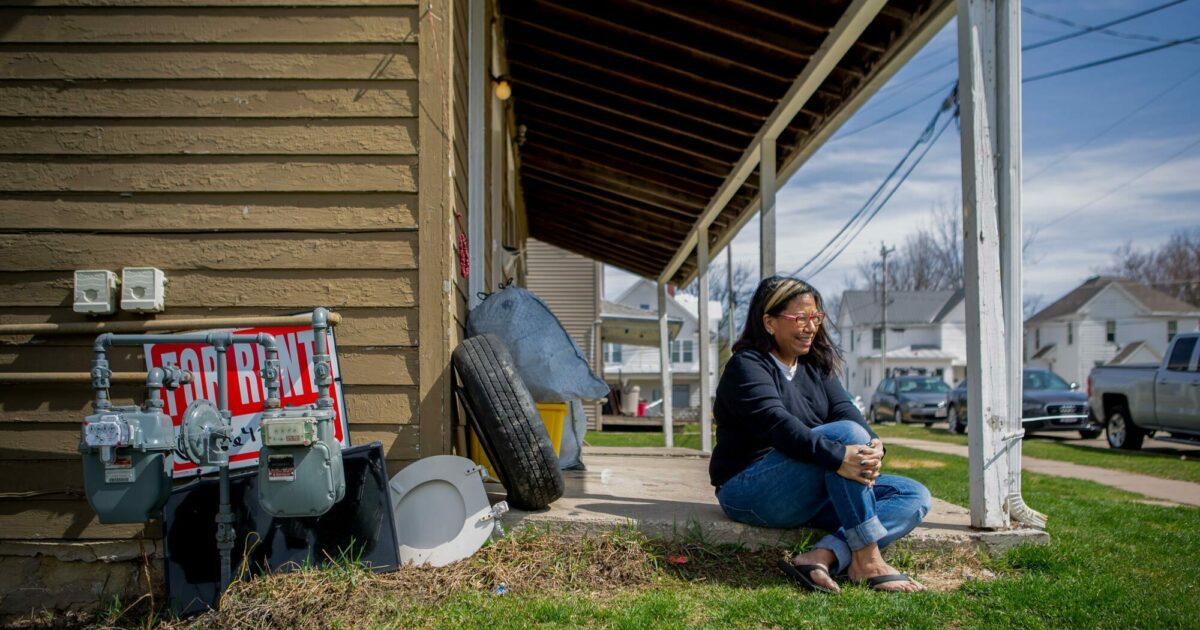by Gary Fleisher
Navigating the intricate maze of offsite factory ownership is no small feat. The path is riddled with decisions, the unique scenario of each factory, and the ever-evolving external environmental factors. Yet, amidst this complex landscape, there are some recurring crossroads that many factory owners invariably find themselves at.

The question of investment and expansion looms large. Factory owners grapple with pivotal choices about capital expenditure. When is the right time to invest, and where should those investments go? It’s a delicate balance. They might consider pouring resources into new machinery, expanding the physical premises of the factory, or diving headfirst into the realm of cutting-edge technology.
Such decisions necessitate a comprehensive evaluation, weighing potential returns against looming risks and associated costs. This juggling act must factor in the factory’s current financial health, potential future projections, and even the lurking ghost of technological obsolescence.

Another strategic fork in the road is the choice of diversification. Factory owners must ask themselves if branching out into varied product lines is the way forward or if the key lies in mastering their current niche. While diversification teases with the allure of new revenue streams, it’s a double-edged sword. The risk? Diluting the brand’s identity and overstretching resources.
The human component of factories brings its own set of challenges. Economic downturns and business hiccups can lead to the distressing decision of layoffs. On the flip side, expansionary phases come with the task of hiring. And it’s not just about numbers; it’s about ensuring that new hires bring the right skills to the table and fit seamlessly into the company culture.

Furthermore, the responsibility doesn’t end at hiring. Owners have the delicate task of balancing competitive wages and benefits with the factory’s financial standing. After all, these decisions significantly impact worker morale, their loyalty to the company, and overall productivity.
Operational strategy, too, has its share of decisive moments. Mastery over supply chain management becomes crucial. From the simple act of choosing suppliers to the complex orchestration of inventory levels and relationship management, every decision holds weight. A slight misstep can disrupt production, inflicting financial wounds.

In today’s age of digital transformation, the technological tide sweeps across factories. Owners face the Herculean decision of whether to ride this wave or stay ashore. Investing in avant-garde technologies, be it automation, AI, or the Internet of Things, can propel efficiency to new heights. Yet, these come with their own price tags and potential restructuring or retraining needs.
Lastly, in an increasingly conscious world, the specter of environmental and ethical choices hovers. As global conversations shift towards sustainability and ethical production, factory owners find themselves at the helm of decisions about green processes, fair labor, and ethical sourcing.
At the heart of all these decision-making crossroads lies a singular truth: the stakes are sky-high. Every choice can make or break a factory’s long-term viability, its reputation, and its bottom line. It’s a journey where every turn can shape a factory’s destiny.
.



